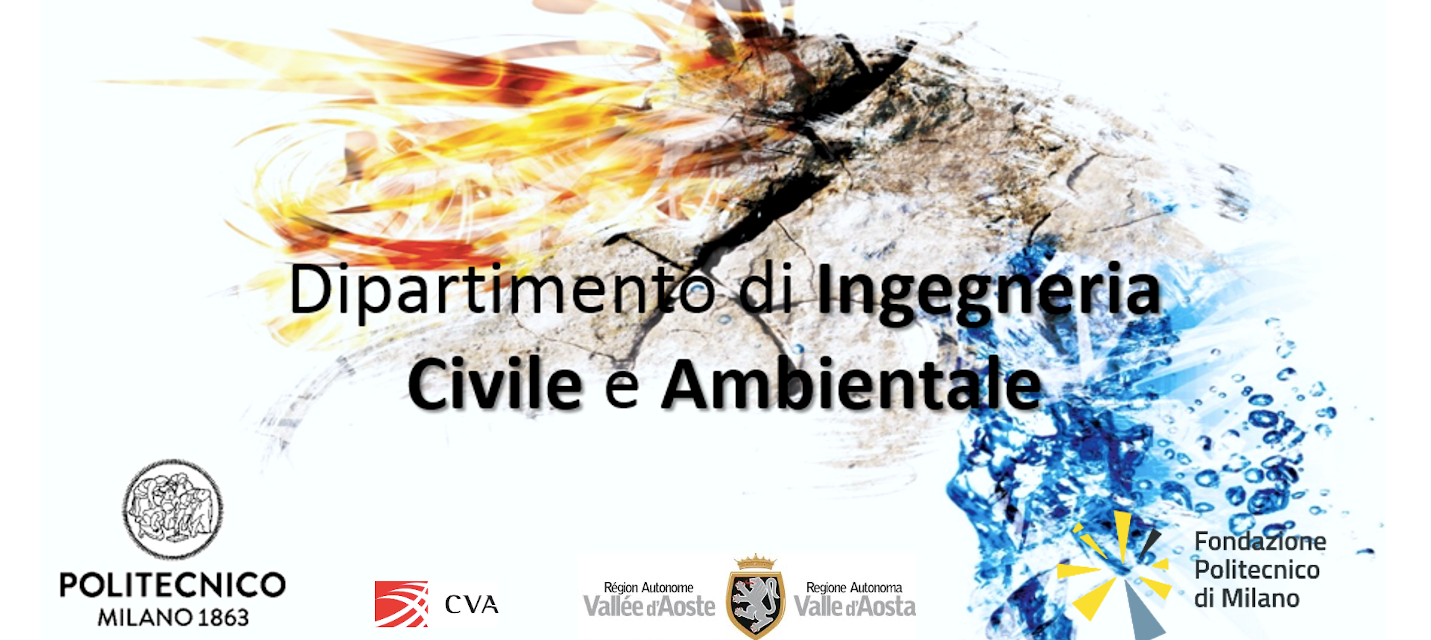“Sensor integration” for a safer world: the results achieved by CAE and Fondazione Politecnico
May 2021

CAE specializes in warning systems capable of mitigating risk by activating local alarms or reporting more or less impending dangers to the relevant authorities. The integration of these local systems with networks that are better distributed from a geographical point of view, such as those relating to the Decentralized Functional Centres of the Regions, implies a great added value for all levels involved.
In order to strengthen its offer and provide increasingly effective solutions, suitable for specific risk scenarios, CAE has decided to invest in research and to involve the "Fondazione Politecnico" in the ambitious project entitled "L-Link2, a research project aimed at strengthening the management of local emergency activities".
In terms of product, the aim of the project was to make available market ready models integrating data from multiple sensors of different classes. That is why two computational products have been developed: “Smart Slope”, related to the trigger thresholds of superficial gravitational instability, and “Smart Channel”, related to real-time control of the operation of free surface channels.
The working group of the Polytechnic of Milan, coordinated by Prof. Giovanni Menduni as research manager and including Eng. Ilaria Boschini, Eng. Federica Zambrini and Eng. Manuel Bertulessi, was involved both in the studying and in the field phases for almost two years. In order to test the solutions to be developed, the team also worked on real application cases. Particularly, the team used data and information kindly granted for research purposes by the Società Valdostana delle Acque (Water Company of Valle d’Aosta) and the Region of Valle d'Aosta.
One of the innovative elements of the whole project was the use of the sensor integration logic scheme; its application and evolution can reach levels where an intelligent system, equipped with different sensors, can interact and operate in an unknown environment and in ongoing evolution without any human control. Where the space of action is not known in advance, the sensors can investigate and continuously update the model of the surrounding environment. This is a relatively recent subject and in the last few years there has been growing interest in the synergistic use of multiple sensors in order to increase the capabilities and possibilities of intelligent machines and systems.
The intake channels connected to hydroelectric plants are often installed on inaccessible slopes, characterized by critical hydrogeological conditions and at altitudes that could become inaccessible in the winter. Therefore, surveillance of this kind of critical infrastructure is difficult and remote monitoring is required. The need for monitoring this type of linear infrastructure is an emerging topic and a product called “Smart Channel” has been developed from the research project.
The conceptualization of the channel is entrusted to a varied motion model integrated with the complete De Saint-Venant equations, according to an implicit scheme. This issue is addressed through the ad hoc development of a specific calculation code. The output of the mathematical model, implemented with adequate boundary conditions, provides knowledge of the normal operating state of the channel and, therefore, allows to evaluate the deviation from the actual operating state by comparing it with the data acquired by the instrumentation.
Therefore, data integration allows the operator to obtain a decision-making support tool for the plant control. This system allows to identify and localize structural problems of the channel, such as breakages and landslides of the bank, or the presence of foreign bodies obstructing the flow. The operator can then decide if and how to intervene, assessing the danger of the anomaly, as far as production is concerned, and the possible development of risk scenarios in the area. Let’s consider, for example, a leakage of the channel which can lead to the imbibition of the slope downstream of the channel itself and, consequently, to a surface landslide.
The “Smart Slope” product, as it has been conceived, is capable of providing information regarding the safety of people, buildings, infrastructures and therefore it is undoubtedly useful in the field of civil protection and in the management of critical infrastructures. The integration of the spatialized hourly rainfall data on a statistical surface with a mesh of dimensions equal to those of computation for the debris layer equilibrium model allows to obtain a system capable of predicting the evolution of soil saturation in areas that are particularly subject to gravitational phenomena of the surface layers.
"Smart Slope" allows to assess the predisposition to trigger surface phenomena related to the rainfall recorded by the measuring instruments installed near the area. The product includes a consulting body for problem analysis, a set of sensors and the related transmission system, the acquisition of geometric/topographical data to support the model and a customization of the software for the examined case, as well as the customization of the display dashboard.
The instrument is particularly suitable for mountain areas characterized by steep slopes and not too high altitudes, where gravitational instability of the debris layer is a strongly present phenomenon.
Back to the news index
